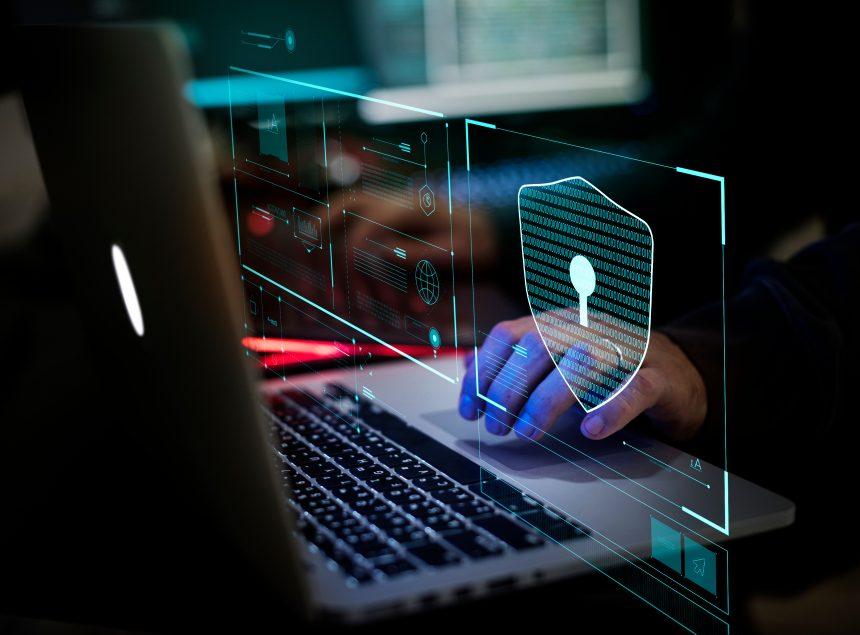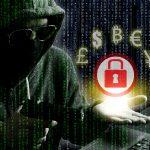HLAS virus has emerged as a significant concern for computer users. This malware is known for its disruptive behavior and potential to inflict severe damage on infected systems. In this article, we will delve into the nature of the HLAS virus, explore its actions and consequences, and provide a thorough removal guide. Additionally, we will offer best practices for preventing future infections and recommend the anti-malware tool SpyHunter to help safeguard your system.
What is the HLAS Virus?
The HLAS virus is a type of malicious software designed to compromise your computer’s security and disrupt its normal operation. Once the virus infiltrates a system, it can cause a range of issues, from slowing down performance to corrupting files and stealing sensitive information. Understanding the actions and consequences of this malware is crucial for effectively addressing and mitigating its impact.
Actions and Consequences of the HLAS Virus
Upon infection, the HLAS virus exhibits several harmful behaviors:
- File Corruption: The virus can corrupt essential system files, leading to instability and crashes.
- Data Theft: It may attempt to steal personal and financial information, which can be used for identity theft or financial fraud.
- System Slowdown: Performance degradation is common as the virus consumes system resources and affects overall speed.
- Unauthorized Access: The virus may create backdoors for cybercriminals to gain unauthorized access to your system.
The consequences of these actions can be severe, including data loss, financial damage, and compromised privacy.
Detection Names and Similar Threats
The HLAS virus might be detected by various security tools under different names. Some common detection names include:
- HLAS Trojan
- HLAS Ransomware
- HLAS Worm
Similar threats that exhibit comparable behaviors and require similar removal techniques include:
- Zeus Trojan: Known for its data-stealing capabilities and financial theft.
- Locky Ransomware: Encrypts files and demands a ransom for decryption.
- Conficker Worm: Spreads across networks and creates botnets for further attacks.
Removal Guide
To effectively remove the HLAS virus from your system, follow these detailed steps:
- Boot into Safe Mode: Restart your computer and enter Safe Mode by pressing F8 or Shift+F8 during startup. This prevents the virus from running and makes removal easier.
- Use SpyHunter to Scan: Download and install SpyHunter, a powerful anti-malware tool. Run a full system scan to detect and quarantine the HLAS virus.
- Manually Remove Suspicious Files:
- Open Task Manager (Ctrl+Shift+Esc) and identify any suspicious processes.
- Use File Explorer to navigate to the location of these files and delete them.
- Check Startup Programs: Open the Startup tab in Task Manager and disable any unknown or suspicious entries.
- Clean Registry Entries: Use a reliable registry cleaner to remove any malicious entries left by the virus.
- Update Your Software: Ensure your operating system, antivirus software, and all applications are up-to-date to protect against future threats.
- Restore Your System: If necessary, use a previously created backup to restore your system to a state before the infection.
Best Practices for Preventing Future Infections
To minimize the risk of future infections, consider the following best practices:
- Install and Update Anti-Malware Software: Regularly update your anti-malware software to protect against new threats.
- Be Cautious with Email Attachments: Avoid opening attachments or clicking links in emails from unknown or suspicious sources.
- Regular Backups: Maintain regular backups of your important data to recover quickly in case of an infection.
- Keep Software Updated: Ensure all your software, including operating systems and applications, is up-to-date with the latest security patches.
For effective protection and removal of the HLAS virus, we highly recommend using SpyHunter. This powerful anti-malware tool offers comprehensive scanning and removal capabilities, ensuring your system remains secure. Download SpyHunter today and perform a free scan to detect any threats on your computer.
If you are still having trouble, consider contacting remote technical support options.





